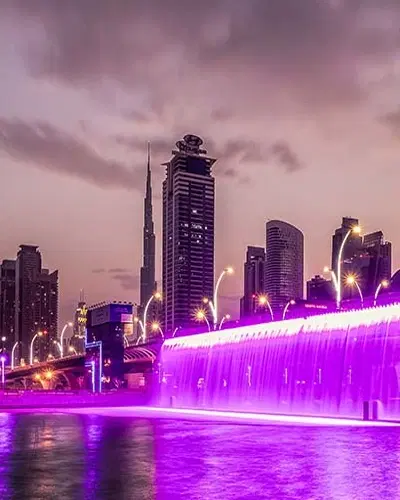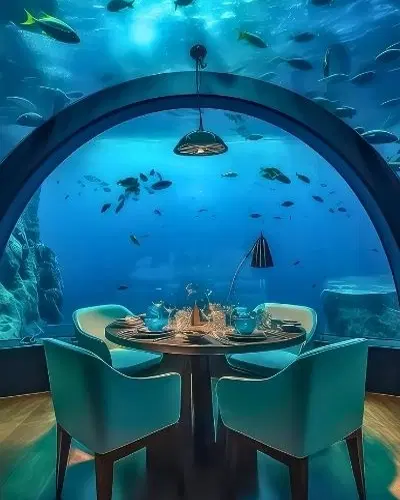1. Cooling Effects On Building
Vertical gardens provide shelter and shadow for structures, increasing the cleanliness of the air and lowering energy use. According to studies, these living solutions can conserve up to 15% on conditioning and 20% on hot in certain areas.
A 100-square-meter green wall may produce 3,000 kg of oxygen per year, improving the interior condition of the air and perhaps reducing the need for ventilation by mechanical means.
Vertical gardens can reduce air temperatures by 2-3°C during the day and up to 7°C at night, therefore combating the phenomenon known as urban heat islands.
Choosing tough, drought-resistant plants and an effective watering system, on the other hand, is critical. The utilization of Arabian Peninsula local flora might also be investigated, with the color green poles employing native plants in regions where trees cannot be grown.
2. Social to Urbanization
Vertical gardens are a Middle Eastern answer to urbanization, with cities such as Dubai and Abu Dhabi incorporating them into their urban environments. Vertical farms create green areas, enhance air quality, and save energy costs.
The Dubai Miracle Garden has one of the world's largest Green Walls. Other examples are the King Abdul-Aziz Center for World Culture in Dhahran, which has over 20,000 plants and flowers, and the Vertical Oasis in Doha, which grows plants vertically using hydroponic technology.
Vertical gardens are changing the urban environment by connecting people to nature and creating a future generation of sustainable cities. They also provide a canvas for designers to combine natural splendour with innovative contemporary architecture.
3. Sustainable Building Life cycle
The project focuses on water cycle management, including desalination and greywater recovery, as well as renewable energy sources. Photovoltaic panels generate 5,100 kWh of renewable energy, which can be preserved in hydrogen batteries. Sustainable construction technology, substances in order and garbage disposal are being researched.
Stefano Boeri Architetti, a Milan-based practice, has created designs for building and redevelopment projects across different countries and difficult situations.
4. Urban Forestry Concept
Stefano Boeri Architetti has created vertical forests for buildings in cities such as Eindhoven, Huanggang, and Egypt's New Administrative Capital, blending high-density residential development with tree planting in city centers.






